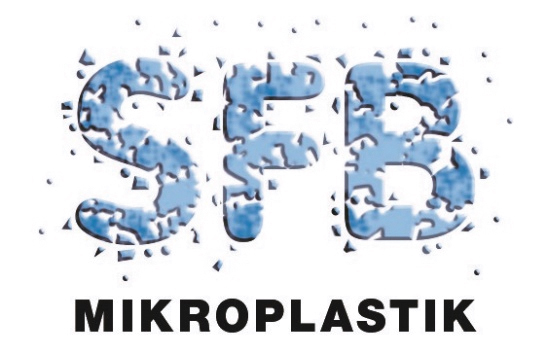News
Neue SFB 1357 Publikation: Shabbir (2022) - Enhanced periphyton biodegradation of endocrine disrupting hormones and microplastic: Intrinsic reaction mechanism, influential humic acid and microbial community structure elucidation
14.01.2022

Herzlichen Glückwunsch an Sven Frei und Benjamin Gilfedder (B03 Team) und ihren KollegInnen aus China zu ihrer spannenden neuen Publikation in der Zeitschrift Chemosphere:
"Enhanced periphyton biodegradation of endocrine disrupting hormones and microplastic: Intrinsic reaction mechanism, influential humic acid and microbial community structure elucidation"
DOI: https://doi.org/10.1016/j.chemosphere.2022.133515
Abstract: Endocrine-disrupting compounds (EDCs), as well as microplastics, have drawn global attention due to their presence in the aquatic ecosystem and persistence in wastewater treatment plants (WWTPs). In the present study, for simultaneous bio-removal of two EDCs, 17α-ethinylestradiol (EE2), bisphenol A (BPA), and a microplastic, polypropylene (PP) four kinds of periphytic biofilms were employed. Additionally, the effect of humic acid (HA) on the removal efficacy of these biofilms was evaluated. It was observed that EE2 and BPA (0.2 mg L−1 each) were completely (∼100%) removed within 36 days of treatment; and the biodegradation of EE2, BPA, and PP was significantly enhanced in the presence of HA. Biodegradation of EE2 and BPA was evaluated through Ultra-high performance liquid chromatography (UHPLC), and Gas chromatography coupled with tandem mass spectrometry (GC-MS/MS) was used to determine the mechanism of degradation. Gel permeation chromatography (GPC) and SEM had validated the biodegradation of PP (5.2–14.7%). MiSeqsequencing showed that the community structure of natural biofilm changed after the addition of HA, as well as after the addition of EDCs and PP. This change in community structure might be a key factor regarding variable biodegradation percentages. The present study revealed the potential of periphytic biofilms for the simultaneous removal of pollutants of different chemical natures, thus provides a promising new method for wastewater treatment applications.

